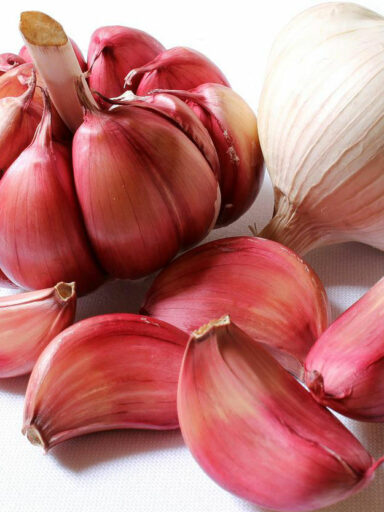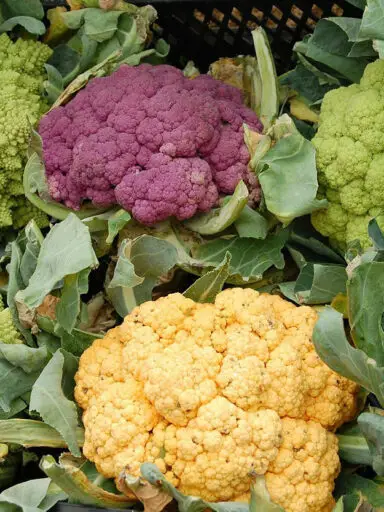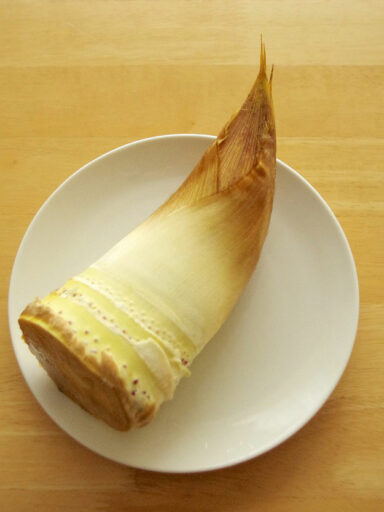Sage, also known as garden sage, or common sage is an aromatic, perennial, evergreen shrub. It is cultivated for its aromatic grayish-green leaves. It comes with purplish to blue flowers, has a woody, branching stems, and is native to the Mediterranean region. Historically it has significance in the culinary arts and medicine.
There is a wide variety of this plant with the common ones being common sage, garden sage, and golden sage. Others are kitchen sage, culinary sage, and true sage.
There is also Dalmatian sage and broadleaf sage with the cultivated varieties being purple and red sage. It is very common in Italian, Balkan, Greek, and Middle Eastern recipes.
The cultivars grow to about 2 ft tall. The leaves are oblong and hairy and reach about 2.5 inches (6.5 cm) long and 1 inch (2.5cm) wide. It does well in conditions with plenty of sunlight with loose and alkaline soils.
Fresh leaves tend to have a more subtle flavor than their dried counterparts. If grown in a home garden then you would pick the leaves when needed in your recipe. From the market, you would want to buy fresh leaves. The herb can also be bought dried whole or ground.
In fresh form, it should be stored in a refrigerator in plastic bags. The dried forms should be stored in air-tight containers in a cool and dark place. This herb can keep for several months if stored well.
The leaves are best picked just before harvesting if to be used for culinary purposes.
Sage Used in Cooking Recipes
Seeing it has a savory, slightly peppery flavor, it can be used as a stuffing for poultry and fish. It can also be used in vegetable dishes, bean dishes, sauce preparations, and meat stew varieties. It is also used in stuffing for several types of sausage and marinating meat dishes alike. It is also popular with roast pork. The herb can be used as a garnish in salad preparations.
it is an essential condiment for saltimbocca, while in American cuisine it is commonly used in stuffing for turkey and Roast chicken over Thanksgiving and Christmas holidays.
Nutritional Benefits
The nutritional value of this herb is usually found in the essential oil which is another popular use of the herb. It contains cineole, borneol, and thujone. Also present is tannic acid, oleic acid, ursolic acid, and ursolic acid. Carnosol, carnosic acid, and fumaric acid can also be found in the leaves together with chlorogenic acid, caffeic acid, estrogenic, flavones, flavonoid glycosides, niacin, and nicotinamide.
It is also a very rich source of many B-complex vitamins such as folic acid, thiamin, pyridoxine, and riboflavin. It is also rich in vitamin A and beta-carotene. It is a good source of antioxidants, vitamin C, and several minerals. The minerals include potassium, calcium, copper, iron, magnesium, manganese, and zinc.
Further Reading
Some Helpful Advice for Growing Sage: brought to you by Sproutabl.com.



